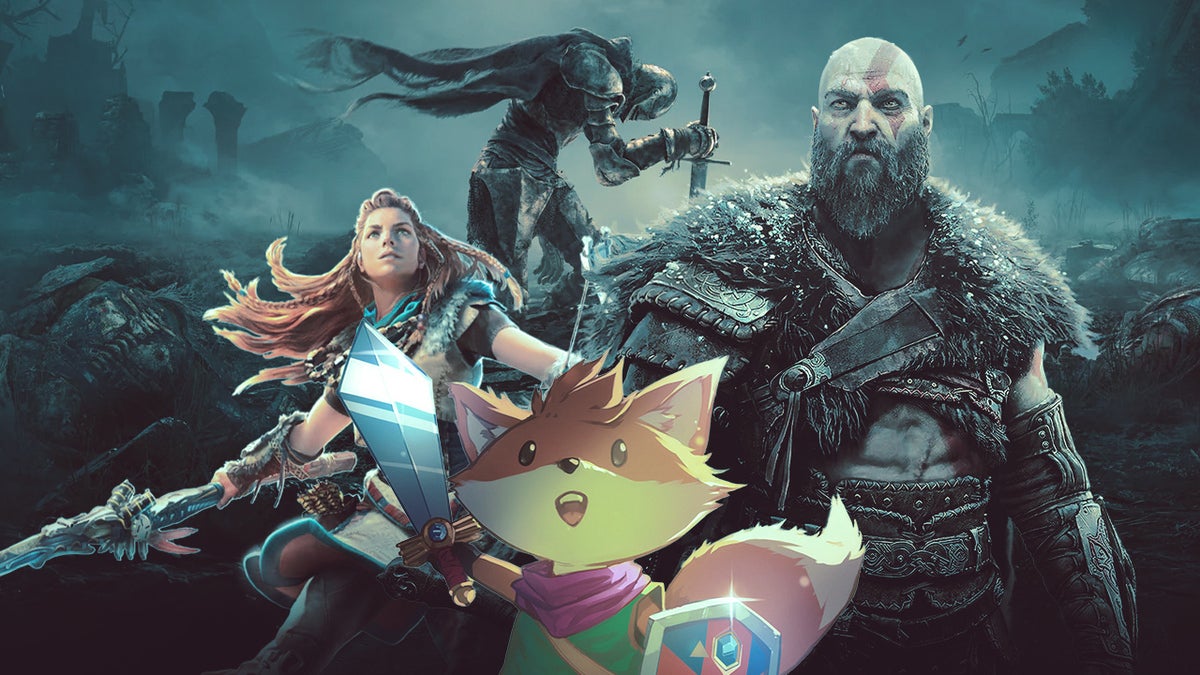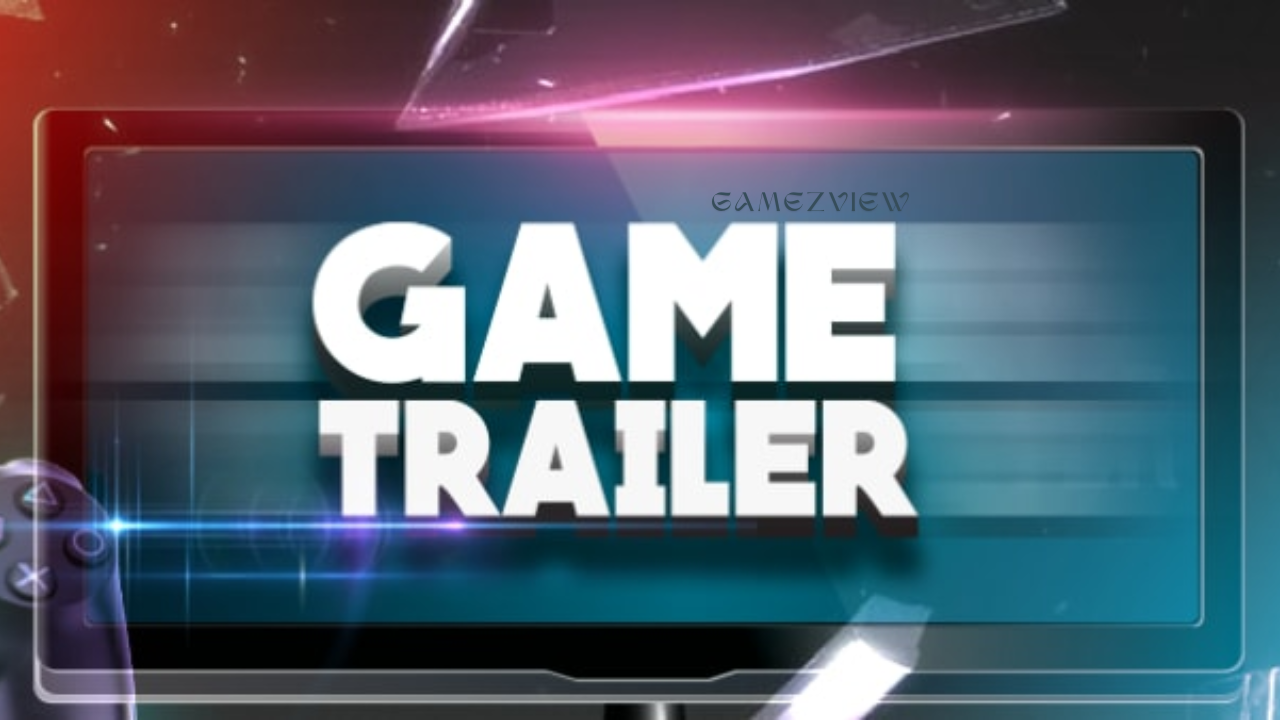Creating a strong and appealing game trailer and screenshots is an art form in itself. These visual assets serve as the first impression for potential players, and they can significantly influence whether someone decides to buy or engage with your game. A well-crafted trailer and stunning screenshots can generate excitement, convey the essence of the game, and ultimately drive sales. In this article, we’ll explore the key elements of creating compelling game trailers and screenshots, from the conceptual stage to the final polish.
1. Understanding the Purpose of Your Game Trailer and Screenshots
Before diving into the technical aspects, it’s crucial to understand the purpose of your game trailer and screenshots. These assets serve several key functions:
- Marketing and Promotion: Trailers and screenshots are often the first point of contact between your game and potential players. They are used in marketing campaigns, on storefronts, on social media, and at events to attract attention and generate interest.
- Conveying the Game’s Essence: They should effectively communicate the game’s genre, style, and unique selling points. Players should be able to grasp the core gameplay mechanics and the atmosphere of the game quickly.
- Building Hype: A well-executed trailer can create anticipation and excitement for the game’s release. It should leave the viewer wanting to know more and eager to play the game.
- Providing a Visual Representation: Screenshots should capture the best aspects of your game, showcasing its visuals, gameplay, and environments.
Understanding these goals will guide your creative decisions throughout the process.

2. Planning Your Game Trailer
a. Define Your Trailer’s Objectives
Your trailer should have a clear objective. Are you introducing the game, or are you showcasing a new update or DLC? Understanding the purpose of the trailer will help you shape its narrative and pacing.
- Teaser Trailer: A short, intriguing glimpse that focuses on generating curiosity.
- Gameplay Trailer: A more detailed look at the game’s mechanics, features, and gameplay loop.
- Cinematic Trailer: A story-driven trailer that focuses on the narrative and emotional appeal.
Each type of trailer serves a different purpose and should be planned accordingly.
b. Know Your Audience
Understanding your target audience is crucial. What are they looking for in a game? What aspects of the game will appeal to them the most? Tailor your trailer’s content and style to resonate with the intended audience. For instance, a trailer for a fast-paced action game should be dynamic and intense, while a strategy game might benefit from a more thoughtful and detailed approach.
c. Storyboarding
Before jumping into the production, create a storyboard for your trailer. A storyboard is a sequence of sketches or images that outline each shot of the trailer, along with notes on dialogue, music, and sound effects. This step helps in visualizing the flow of the trailer and ensures that the final product is cohesive and well-structured.
- Identify Key Moments: Highlight the most exciting, visually stunning, or emotionally charged moments of your game. These will form the backbone of your trailer.
- Determine the Structure: Decide on the order in which these moments will appear. A common structure is the “three-act” format: introduction, buildup, and climax.
Paid Advertising Options for Mobile Games: Maximizing Your Reach and Engagement
3. Producing the Game Trailer
a. Capturing Gameplay Footage
The quality of the gameplay footage you capture is paramount. Ensure that the game is running at its best possible performance during capture. Use high-resolution settings, and if possible, capture footage at 60 frames per second for smoother motion.
- Capture Variety: Include different types of gameplay footage—combat, exploration, puzzle-solving, or dialogue, depending on the nature of your game. This will give viewers a well-rounded idea of what to expect.
- Camera Angles: Experiment with different camera angles to find the most visually appealing shots. Use dynamic angles to add excitement and drama to the scenes.
b. Editing the Trailer
Editing is where the trailer comes to life. The pacing, transitions, and timing of the cuts all contribute to the overall impact of the trailer.
- Pacing: The pace of your trailer should match the tone of the game. Fast cuts and high-energy music are suitable for action games, while slower, more deliberate editing might be better for a narrative-driven experience.
- Transitions: Smooth transitions between scenes help maintain the flow of the trailer. Avoid jarring cuts that might distract the viewer.
- Highlight the Best Features: Showcase the most impressive aspects of your game—whether it’s the stunning graphics, intense action sequences, or intricate story elements.
c. Sound Design and Music
Sound plays a critical role in setting the mood of your trailer. Choose music that complements the game’s atmosphere and enhances the emotional impact of the visuals.
- Music: The music should build and enhance the trailer’s narrative arc. Consider using a soundtrack from the game itself to create a cohesive audio-visual experience.
- Sound Effects: Sound effects add a layer of immersion. Whether it’s the clashing of swords or the ambient sounds of a forest, these elements help bring the trailer to life.
- Voiceover/Narration: If your game has a strong narrative component, consider using voiceover to convey the story or provide context for the gameplay footage.
4. Finalizing and Polishing the Trailer
a. Review and Feedback
Once your trailer is assembled, review it multiple times. Gather feedback from others, especially those who are part of your target audience. Look for areas that might need improvement, such as pacing, clarity, or visual quality.
- Test Audience: Show the trailer to a small group of people and note their reactions. Did they understand the game’s concept? Were they excited to play it? Use this feedback to refine the trailer.
- Make Adjustments: Based on the feedback, make necessary adjustments. This could involve re-editing certain sections, changing the music, or re-capturing gameplay footage.
b. Quality Control
Ensure that the final trailer is of the highest possible quality.
- Resolution and Format: Export the trailer in high resolution (at least 1080p) and in a format that’s suitable for multiple platforms.
- Audio Quality: Double-check the audio mix to ensure that music, sound effects, and dialogue are balanced and clear.
- Compression: Be mindful of compression settings. Excessive compression can lead to a loss of quality, especially in the audio and darker scenes.
5. Creating Effective Game Screenshots
a. Understanding the Role of Screenshots
While trailers provide a dynamic preview of the game, screenshots offer a static but equally important glimpse. Screenshots are often used on storefronts, in marketing materials, and in press kits. They should be visually striking and convey key aspects of the game.
- Highlighting Visuals: Screenshots should showcase the game’s best visual features, whether it’s detailed character models, beautiful environments, or dynamic action scenes.
- Illustrating Gameplay: Potential players should be able to understand the gameplay mechanics or the atmosphere of the game just by looking at a screenshot.
- Consistency: The screenshots should be consistent with the overall branding and art style of the game.
Leveraging Social Media and Influencer Marketing for Game Promotion
b. Choosing the Right Moments
Selecting the right moments to capture is crucial. A good screenshot can tell a story, evoke emotion, or highlight a key feature of the game.
- Action Shots: Capture moments of intense action, whether it’s a fight scene, a dramatic explosion, or a high-speed chase.
- Environmental Shots: Showcase the game’s world, whether it’s a lush forest, a bustling city, or a desolate wasteland. These shots help convey the game’s atmosphere.
- Character Shots: Highlight the game’s characters, especially if they have unique designs or play a central role in the game. Close-up shots of characters can be particularly effective.
- UI and HUD: If the game has a unique or visually appealing user interface, include screenshots that showcase the HUD or menus. However, be mindful not to clutter the image.
c. Composition and Framing
The composition of your screenshots can make a significant difference in their effectiveness.
- Rule of Thirds: Use the rule of thirds to create balanced and aesthetically pleasing compositions. Position key elements along the gridlines or at their intersections.
- Depth of Field: Utilize depth of field to focus on the subject of the screenshot while subtly blurring the background. This technique can add a cinematic quality to the image.
- Lighting: Good lighting can dramatically enhance the mood and clarity of a screenshot. Ensure that the lighting complements the scene and highlights important details.
d. Editing and Post-Processing
While the aim is to represent the game as accurately as possible, some post-processing can help enhance the final image.
- Adjusting Contrast and Saturation: Tweaking the contrast and saturation levels can make the colours pop and add vibrancy to the screenshot.
- Cropping and Resizing: Crop the image to remove any unnecessary elements and focus on the key aspect of the screenshot. Ensure that the final image meets the resolution requirements for different platforms.
- Sharpening: Apply a slight sharpening filter to enhance details and make the image crisper.

6. Finalizing Your Screenshots
a. Quality Check
Before finalizing your screenshots, perform a thorough quality check.
- Resolution: Ensure that the screenshots are high-resolution (at least 1920×1080) and suitable for various platforms.
- Clarity: The screenshots should be clear and free from any visual artefacts, such as blurriness or pixelation.
- Consistency: The screenshots should be consistent in style and quality, maintaining a coherent visual language across all images.
b. Presentation and Distribution
How you present and distribute your screenshots is just as important as the creation process.
- Organize by Theme: Group your screenshots by theme or type, such as action shots, environmental shots, and character shots. This makes it easier for potential players.
7. Promoting Your Trailer and Screenshots
Once your game trailer and screenshots are finalized, the next step is to ensure they reach your target audience effectively. Promotion is key to making sure your visuals achieve their intended impact. Here’s how to effectively promote your game trailer and screenshots:
a. Utilize Social Media
Social media platforms are powerful tools for reaching a broad audience. Share your trailer and screenshots across various channels to generate buzz and engagement.
- Platforms: Focus on platforms where your target audience is most active, such as Twitter, Facebook, Instagram, and TikTok. Tailor your content to each platform’s strengths—for example, use short clips or GIFs on Twitter and more detailed posts on Facebook.
- Hashtags and Tags: Use relevant hashtags and tags to increase visibility. Research popular tags related to your game’s genre or industry trends.
- Engage with Followers: Interact with your followers by responding to comments and encouraging them to share your content. Engaging with your audience helps build a community around your game.
ASO (App Store Optimization) Strategies for Mobile Games: A Comprehensive Guide
b. Collaborate with Influencers and Content Creators
Influencers and content creators can help amplify your message and reach potential players who might not be aware of your game otherwise.
- Identify Influencers: Find influencers and content creators who have a following that aligns with your target audience. Look for those who specialize in gaming or have a particular interest in your game’s genre.
- Provide Exclusive Content: Offer exclusive content, such as early access to your trailer or screenshots, to influencers. This can create a sense of exclusivity and encourage them to promote your game.
- Track Engagement: Monitor how influencers are engaging with your content and track the impact on your game’s visibility and interest.
c. Leverage Gaming Communities and Forums
Gaming communities and forums are great places to share your trailer and screenshots with enthusiastic gamers who are likely to be interested in your game.
- Relevant Forums: Participate in forums and communities that are relevant to your game’s genre or theme. Share your content in a way that adds value to the conversation, rather than just promoting your game.
- Community Engagement: Engage with community members by answering questions, participating in discussions, and providing updates about your game.
d. Utilize Game Discovery Platforms
Game discovery platforms and marketplaces are essential for reaching potential players who are actively looking for new games.
- Steam: If your game is on Steam, use the platform’s tools to showcase your trailer and screenshots on your game’s store page. Ensure that your assets are optimized for Steam’s requirements.
- Other Platforms: Explore other game discovery platforms such as Epic Games Store, GOG, and itch.io. Each platform has its guidelines for showcasing trailers and screenshots.
8. Analyzing and Adapting Based on Feedback
After promoting your trailer and screenshots, it’s important to analyze the feedback and adapt your strategy accordingly.
a. Monitor Metrics
Track the performance of your trailer and screenshots using analytics tools. Key metrics to monitor include:
- Views and Clicks: Measure how many times your trailer has been viewed and how often your screenshots have been clicked on.
- Engagement: Look at the level of engagement, such as likes, shares, comments, and retweets. High engagement often indicates that your content is resonating with your audience.
- Conversion Rates: If your goal is to drive sales or sign-ups, track how well your trailer and screenshots are converting viewers into customers.
b. Gather Feedback
Collect feedback from your audience and industry professionals to understand how your trailer and screenshots are being received.
- Surveys and Polls: Conduct surveys or polls to get direct feedback from your audience. Ask specific questions about what they liked or disliked about the trailer and screenshots.
- Social Media and Forums: Monitor social media and forums for comments and discussions about your visuals. Pay attention to any recurring themes or criticisms.
c. Make Improvements
Based on the feedback and metrics, make necessary improvements to your promotional assets.
- Adjust Content: If certain aspects of your trailer or screenshots are not resonating with your audience, consider making adjustments. This could involve re-editing the trailer or capturing new screenshots.
- Update Promotion Strategy: If you find that certain platforms or promotional methods are more effective than others, adjust your strategy to focus on these areas.

9. Long-Term Considerations
Creating a strong game trailer and appealing screenshots is not just about a one-time promotional push; it’s also about ongoing engagement and updates.
a. Plan for Updates
Keep your audience engaged by providing updates and new content related to your game.
- Post-Launch Content: Share updates about new features, expansions, or patches. Use trailers and screenshots to highlight these updates and keep the excitement going.
- Behind-the-scenes: Share behind-the-scenes content, such as development updates or team interviews. This can build a deeper connection with your audience.
b. Maintain Consistency
Consistency in your promotional assets helps reinforce your game’s brand and identity.
- Branding: Ensure that all your trailers and screenshots are consistent with your game’s branding, including visual style, tone, and messaging.
- Quality: Maintain high standards for quality across all your visual assets. Consistent quality helps build trust and credibility with your audience.
Creating a strong and appealing game trailer and screenshots involves a combination of creativity, technical skill, and strategic thinking. By understanding the purpose of these assets, planning effectively, capturing high-quality footage and images, and promoting them strategically, you can generate excitement, attract potential players, and drive engagement with your game.
From conceptualization to final polish, each step in the process is crucial in crafting visuals that accurately represent your game and resonate with your target audience. By continuously analyzing feedback and adapting your approach, you can ensure that your promotional assets remain effective and impactful, both before and after your game’s release.



